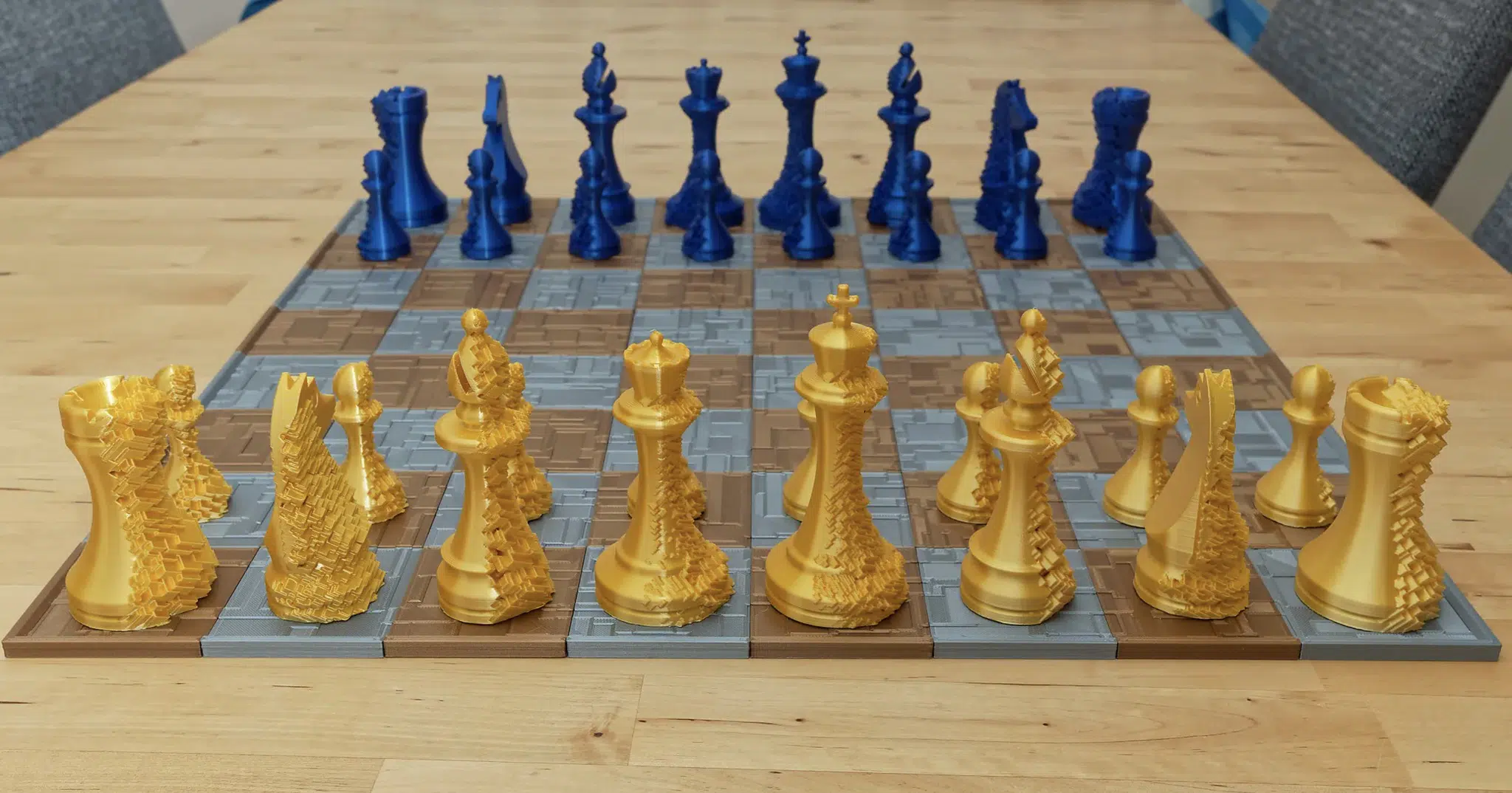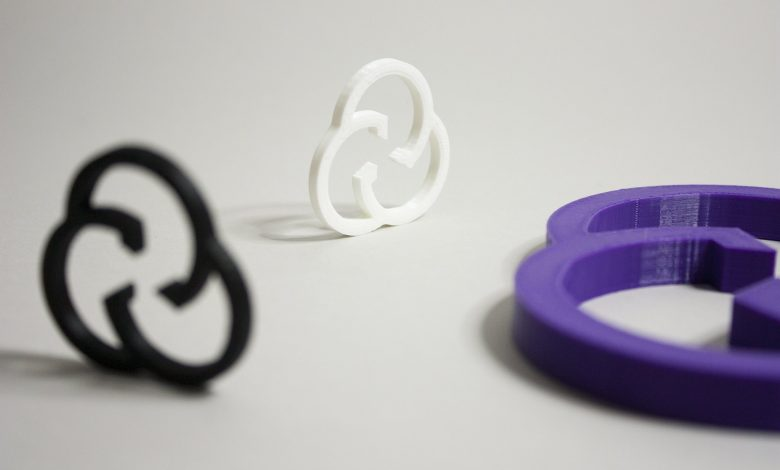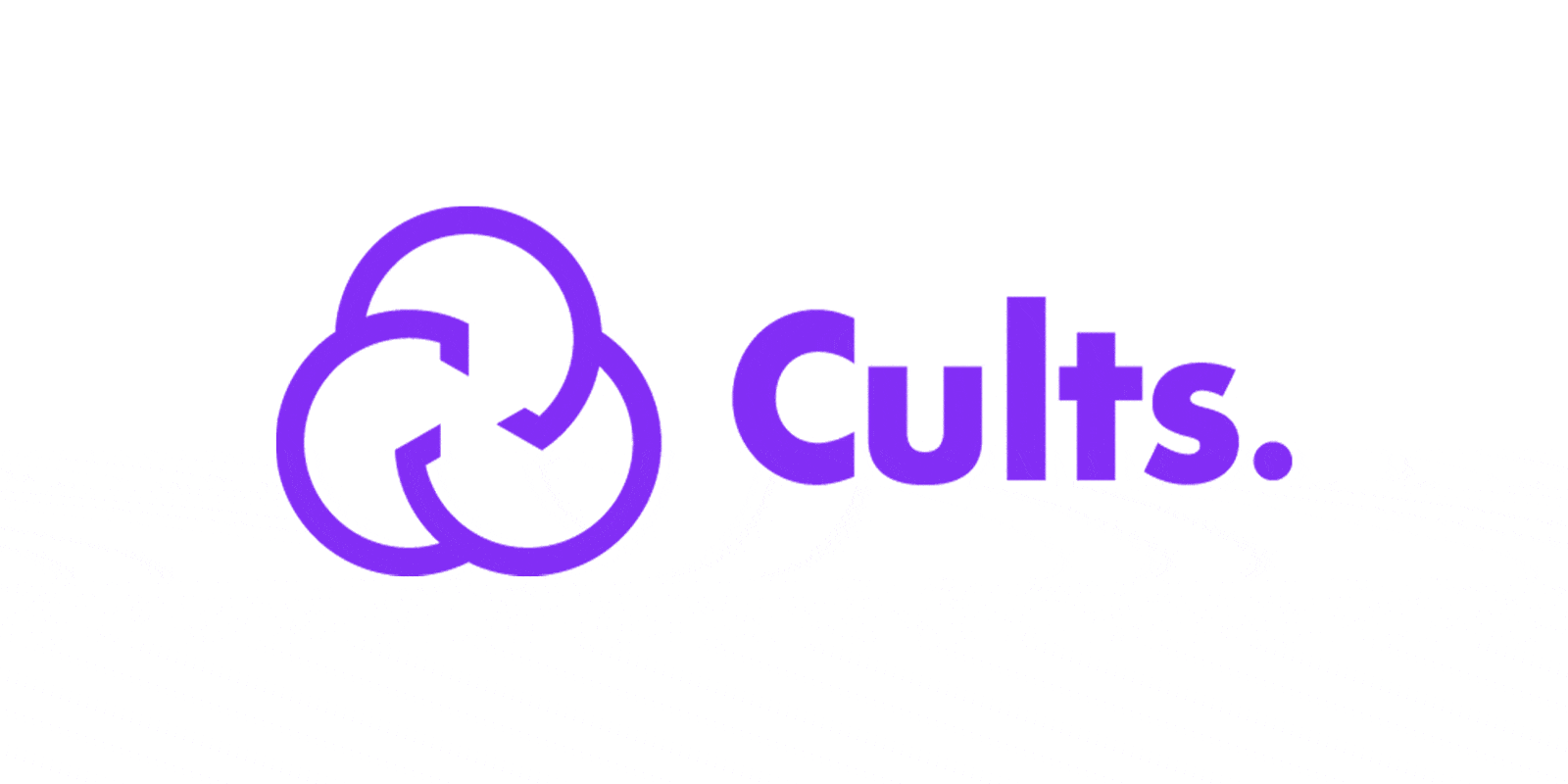Cults is a 3D model marketplace that connects designers to people wanting to make real-world objects through 3D printing. As not everyone has an artistic soul, or the ability to use CAO 3D software, Cults highlights the work of designers who wish to make 3D printing accessible to all. In addition to this, Cults is a social network that brings together fans of the 3D printer world – enabling them to interact with each other.
While they still have not reached the mass public, marketplaces of free and paid 3D printable models are becoming increasingly more established as a resource for 3D printing enthusiasts and professionals. Finding the 3D printable STL file of a product or part you need is now almost commonplace and with the widespread availability of high quality, ultra affordable systems from companies like Anycubic and Creality, printing them is now accessible to everyone. Slowly and surely, this will grow into a major global market.
New believers
Created in 2014, Cults was the first independent platform in the 3D printable files market. The platform currently has 5.36 million registered international maker members and is welcoming approximately 8,500 new members every day. The platform currently hosts more than 550,000 printable designs and a community of more than 56,000 designers specializing in 3D printing.
“Our initial positioning has never changed, we offer a space for inspiration and creativity. We are independent which allows us to put forward all the artists of 3D without the constraint of printer or filament (or resin),” says Pierre Ayroles, co-founder of Cults, “Our goal has always been that, in one glance at our home page, a person who is not necessarily attracted by 3D printing understands and wants to buy a 3D printer. We have been doing this for almost 8 years without changing our course or business model!”
When Cults first launched, the company was dealing with issues such as the low rate of 3D printing equipment – an issue that has obviously solved itself with time and the rapid growth of the destktop 3D printer installed base. Now, the main challenge, considering that the company is completely self-financed, is competing against the larger players in the industry. Many of these, companies such as Thingiverse or MyMiniFactory, can benefit from external funding or the support of mother companies whose core business is making or selling 3D printers.
The value of a printable 3D model
Ironically, when Cults was just starting, they were often told that customers were not willing to buy a 3D file. Now – many companies are pivoting and adopting the platform’s model. What is happening here could be the prelude to a massive shift in the way parts are obtained, something similar – but significantly more complex – than what happened in the music, film and videogame (digital content) industries.
Manufacturing on Demand
In the beginning the large IP owner were unwilling to embrace digital distribution because it would inevitably reduce their profits. This enabled pirate platforms to thrive until users were able to see the value of digital content, paving the way to today’s online digital content platforms. In 3D printing, most users are already seeing and understanding the value of a high-quality, printable 3D model. Companies such as Cults can base their businesses on this but larger IP owners will need to also embrace these possibilities.

The Cults business model today relies on two main sources of revenue – commission from 3D file sales, and advertising. “We would prefer to do without the second source of income, but unfortunately, in order to continue to pay for the servers and development of the site, advertising is important to us,” says Pierre, “We like to point out that our business model is exactly the same since the beginning, that it has never changed and probably won’t change. We think the 80%-20% split is fair to designers and allows us to earn and compensate for the money spent on distributing the free files. Note that our commission also pays for the banking fees associated with online transactions (PayPal, credit card, etc.) which are huge fees taken from each sale so our net commission is much lower.”
Designing for a living through Cults
As 3D printing has become more widely adopted, users of 3D printers have realized that 3D modeling is significantly time-consuming and requires an enormous amount of skill. Therefore, buying quality 3D model files from an online marketplace has become a logical decision for many users – something users were initially reluctant to do.
“This created a virtuous circle, as designers saw that they could finance their passion and make some passive income and started selling more and more 3D models. The worldwide lockdown because of COVID was also a very big gas pedal for us. People at home obviously bought (or downloaded freely) a lot more 3D files. The growth is constant for us and each month is bigger than the last,” says Pierre.
“We are convinced that the success of 3D printing will not necessarily come through a killer app but through many high-quality models in many sectors (toys, miniatures, RC cars, art…),” says Pierre.
A prime example of this is MCGYBEER’s profile on the Cults platform. With currently only 28 designs listed, MCGYBEER has over 95,800 downloads. 40,300 of these downloads are of a single design, alone – the ‘Articulated Dragon’. At a price of €3.53 per dragon – it equates to a single user making €113,807.20 off one design.

The success of this design is due to the incredible complexity of the model and its extreme ease of printing.
“Since the opening of the site, the growth has been exponential. Our greatest pride is when a designer contacts us to tell us that he has quit his job to live 100% of his passion by selling his model,” says Pierre. That alone is a huge paradigm shift for designers and we are still just at the very dawn of the age of 3D printing. If we continue to build the infrastructure, more believers will come.
* This article is reprinted from 3D Printing Media Network. If you are involved in infringement, please contact us to delete it.
Author: Edward Wakefield



Leave A Comment